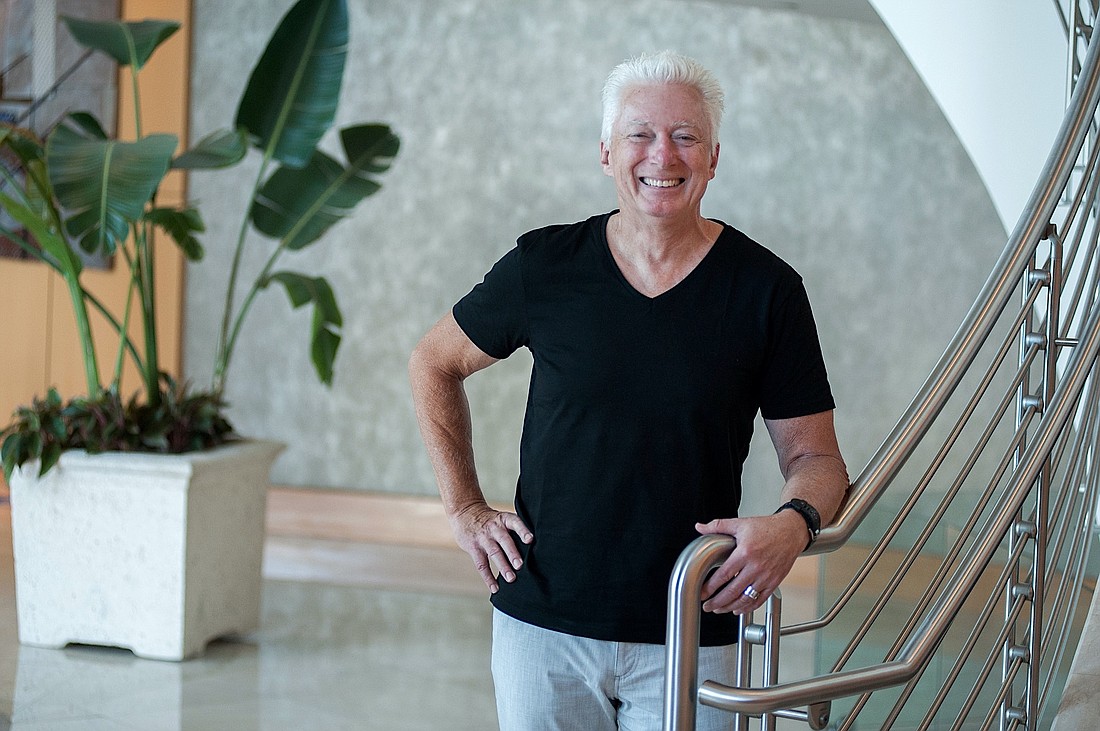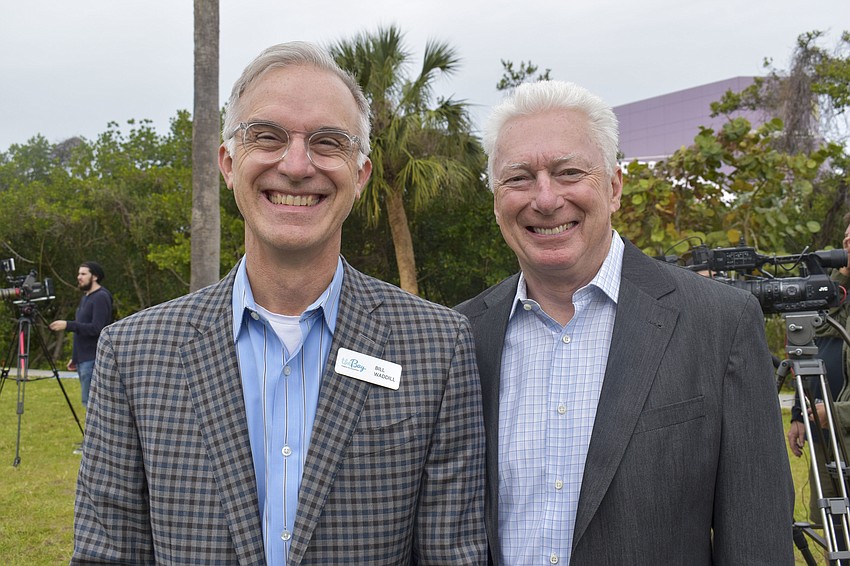- April 11, 2025
-
-
Loading

Loading

When Stephanie Crockatt joins the Bay Park Conservancy in about two months as president and CEO, it will mark the end of AG Lafley’s official role as volunteer founding CEO. At age 76, Lafley, the retired chairman and CEO of Proctor & Gamble, says he will use his newfound time to focus on startup businesses he is helping to grow and other community initiatives, likely including work with the BPC in other capacities as needed.
Leading the BPC since it was founded in 2018, Lafley calls the opening of the first phase of The Bay and the groundwork laid for completion and sustainability of the city’s 53-acre bayfront park among his greatest professional and civic accomplishments. This week he spoke with the Sarasota Observer to share his thoughts about how far The Bay has come in five years and about handing over the keys to his successor.
I was one of the nine citizen volunteers who agreed to serve on the master planning committee. It was always a joke that I got up to go to the restroom at the second meeting and I ended up being named chairman. I chaired the master planning group from inception through recommendation of the master plan, which was approved by the city in September of 2018. They asked me to step off the board and to be the so-called founding part-time volunteer CEO, which is what I've done since the project was initiated.
My commitment was to get the park open and I'm really happy that we opened 14 acres last October. We overcame Hurricane Ian and a whole bunch of other COVID and recession-related challenges, but Job 1 was to get the park open to the public. And then Job 2 was to get the funding strategy and mechanisms in place. The tax increment financing is a huge piece of the capital funding.
Job 3 was to build an organization that will really become a park conservancy. That's the piece that we're working on now and that's why the announcement of Stephanie Crockatt is so important. She's been doing this job for the last nine years leading Buffalo Olmsted Parks.
These jobs are far more complex and in some ways more challenging than starting (businesses). That’s a lot simpler. You know, who is the customer, what your market is, what's the product or service offering that's unique and distinctive, and how to find the right employees who are going to deliver. You have all of that in a nonprofit park conservancy, but then when you're in a public-private partnership with a government entity it just gets way more complicated. Your funding sources are more complicated, your stakeholders are much broader. It isn't just the customer who uses the park. It's every citizen who has a point of view about what they want their park to be. So these are challenging jobs, and there aren't that many people who can do it.

There are leadership and management principles that are applicable, but you really have to think through that application in the public space. The city owns the land. The city owns all the buildings. The city owns all the improvements. We are an agent of the city, a partner of the city, and parks are for the public. I try to walk in the park at least one time every day. It's a joy to see that we're delivering on Job 1. The whole genesis of this was to take these 53 acres and make them open and accessible and ultimately free and welcoming to everyone in our community and our region.
I'm just so excited we had 50,000 in 10 days for the opening. We welcomed our 150,000th guest in February, so in a little over four months 150,000 people have through here. It’s not exactly if you build it, they will come, but if you build it, they will check you out. And then if you program it, they'll come back. And then if it's clean and well maintained and welcoming and safe, they’ll keep coming.
I'm not prone to overstatement. In fact, I'm probably more inclined to understatement. I'll be 76, and this is one of the two or three proudest team and community accomplishments I can think of, counting all the businesses, counting center city development in Cincinnati, counting helping the comeback from the (1995) Kobe (Japan) earthquake. Counting all the businesses that we started. This is definitely a top three accomplishment, and it's a community accomplishment. We have some 30 external partners that helped us to design plan and build the park. We have over 50 partners that help us program, maintain and operate the park. I love being a small part of putting this together because we did it like a any startup. We networked and we partnered everything we could because we want to spend every dollar on building the park and then we want to spend every dollar programming and activating the park. I'm just one of many volunteers.
This is a huge step up for us. It was a huge step up for us to open this much park and then continue to operate it. Now we're going to take another big step. We're going to do four capital projects in three to four years. The capital improvement cost is going to be $65 million, not $35 to $40 million. And oh, by the way, at the same time we're going to be operating a park that's attracting a half a million visitors in the first year. We might be approaching a million guests in the second year, so we need somebody who really has done this and has done all the parts of it.
There are some obvious things (the BPC) could ask me to do and hang around, but at this time in my life I want to work on things that make a difference and I want to do work that I think clearly adds value. But I also care about the park and I care about the city, so I'm not going anywhere. This is my permanent home.